RP4TD ExpressLRS 2.4GHz True Diversity Receiver: Unleashing Superior Signal Performance
In the realm of remote control and long-range communication systems, the RP4TD ExpressLRS 2.4GHz True Diversity Receiver stands as a pinnacle of excellence. This comprehensive review explores the remarkable features and capabilities of this receiver, demonstrating why it’s the ultimate choice for enthusiasts and professionals alike.
Featuring dual-channel 2.4GHz radios, the RP4TD excels in signal sensitivity, signal-to-noise ratio, and overall performance due to its optimized circuit design. The reliable DCDC power supply circuit ensures lower operating temperatures during extended usage. Additionally, the dual TCXO contributes to the utmost frequency stability and makes the RP4TD a leader in its class. The RP4TD features built in WIFI so you can wirelessly upgrade firmware to configure the receiver via the built-in WebUI with your PC or mobile phone.
Suitable for drones and fixed-wing models, the receiver can be installed in virtually any application that requires a serial receiver!

Features
- Gemini mode compatible
- Reliable DCDC Power supply circuit
- Class leading SNR and RSSI performance
- Optimized PCB design for better heat dissipation
- Upgraded antenna with greater durability and performance
- UART pads for extended applications
- Dual TCXO (temperature compensated crystal oscillator)
- 2x 100mw RF Telemetry power output
- Compatible with all 2.4GHz ExpressLRS modules and transmitters with built in 2.4GHz ExpressLRS
Specifications
- Item: RP4TD ExpressLRS 2.4GHz Diversity Receiver
- Type: ISM
- MCU: ESP32
- RF Chip: SX1281 x 2
- Antenna: 65mm 2.4GHz T Antenna x 2
- Frequency Range: 2.4GHz
- Maximum Refresh Rate: 500Hz / F1000Hz
- Telemetry RF Power: Max 2x 100mW
- Working Voltage: DC 4.5-12.0V
- Weight: 1.4g (without antenna)
- Dimension: 23.7*16.3*4.0mm
- Firmware Version: ExpressLRS V3.3.0 pre-installed
- FW Target: RadioMaster RP4TD 2400 RX
- Bus interface: CRSF
- Extend interface: UART
Dual TCXO (temperature compensated crystal oscillator)
The TCXO ensures high stability and accuracy in frequency control, compensating for temperature variations. This results in consistent and reliable signal reception, even in extreme temperature conditions. It also reduces frequency drift over time, providing long-term frequency stability and preventing signal degradation. In our testing, we found that two TCXOs offer better advantages in true diversity receivers.





Size

Introduction: The Need for Reliable Signal Reception
In an era where uninterrupted signal transmission is paramount, the RP4TD ExpressLRS 2.4GHz True Diversity Receiver emerges as a game-changer. Whether you’re a drone pilot, RC car racer, or a long-range radio communication enthusiast, having a reliable receiver can make all the difference.
Key Features of RP4TD ExpressLRS 2.4GHz True Diversity Receiver
True Diversity Technology
The RP4TD ExpressLRS receiver is equipped with state-of-the-art True Diversity technology. This technology utilizes two separate antennas to receive signals, intelligently switching between them in real-time to ensure a stable and interference-free connection. It eliminates dead zones and minimizes signal dropouts, providing users with unparalleled reliability.
Long-Range Capability
One of the standout features of the RP4TD ExpressLRS receiver is its exceptional long-range capability. With a range extending up to 100 kilometers, it opens up new possibilities for long-distance control and communication. This is especially valuable for drone pilots and RC enthusiasts seeking to explore vast areas without losing signal.
Low Latency
Low latency is crucial for any remote control system, and the RP4TD ExpressLRS receiver doesn’t disappoint. With ultra-low latency, as low as 3ms, users experience instant and responsive control, making it ideal for high-speed applications like FPV racing and precision maneuvers.
High Compatibility
The RP4TD ExpressLRS receiver is designed to be compatible with a wide range of transmitters and protocols, including OpenTX, Crossfire, and more. This versatility ensures that it seamlessly integrates into your existing setup without the need for major adjustments.
Fail-Safe Features
Safety is a top priority, and this receiver delivers on that front as well. It includes fail-safe features that automatically activate in the event of signal loss or interference, ensuring your equipment returns to a safe state to prevent accidents and damage.
Setting Up the RP4TD ExpressLRS Receiver
Getting started with the RP4TD ExpressLRS receiver is a straightforward process. Follow these steps for a hassle-free setup:
- Choose Your Antenna Placement: Position the two antennas strategically to maximize signal reception diversity.
- Connect to Your Transmitter: Depending on your transmitter, follow the provided instructions to establish a secure connection.
- Configure Your Preferences: Customize the receiver settings to match your specific requirements, such as channel assignments and fail-safe parameters.
- Test and Fine-Tune: Before embarking on your adventure, conduct a series of tests and fine-tune settings to ensure optimal performance.
Conclusion: Elevate Your Control and Communication
In a world where signal reliability can be the difference between success and failure, the RP4TD ExpressLRS 2.4GHz True Diversity Receiver takes the lead. Its cutting-edge technology, long-range capability, and low latency make it the preferred choice for professionals and hobbyists alike. Elevate your control and communication with this remarkable receiver and unlock new possibilities in the world of remote control and long-range communication.
CHECK OUT OUR VTX COLLECTION:
What is a Video Transmitter?
https://www.easytechjunkie.com/what-is-a-video-transmitter.htm
VTX stands for video transmitter, this is the heart of the FPV life system. Pumping life into the many possibilities of FPV. VTXs come in many different shapes, sizes, strengths, and wiring setups. Strapped to the front of the quad is an FPV camera, and strapped to the head is a pair of FPV goggles. You can watch live, instantaneous footage right from the cockpit because the VTX is sending the footage received from the camera out to the goggles.
You are picking the right VTX for you. This will start with knowing if size and weight are factors for you. If you are planning to race, and only race, then you will select any VTX that is light in weight. It’s probably important that your VTX can do pit mode and channel control (depending on which one you choose). This may be a smart audio feature or the tramp protocol. Pit mode is where you will be able to set your VTX to a certain mode that allows you to power up your quad without powering up your VTX to keep you from blasting video and trampling over other racers on the track. Channel control allows you to change your frequency right from your radio for easy switching at a race, or to prepare your quads for the race the next day. Seeing that range is not so much of a factor in a race, only 25mw is allowed, and all that you need. So you can pretty much pick any when it comes to figuring out which is best for you and your power output needs.

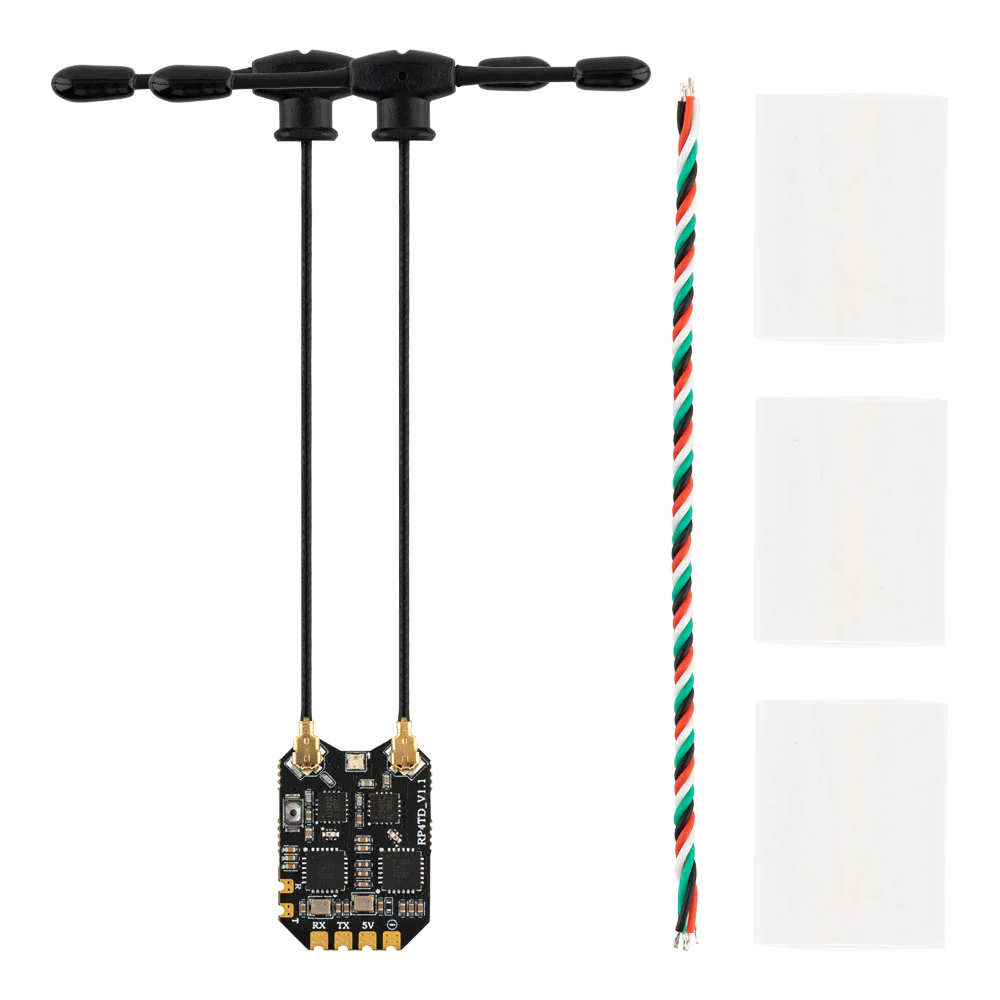
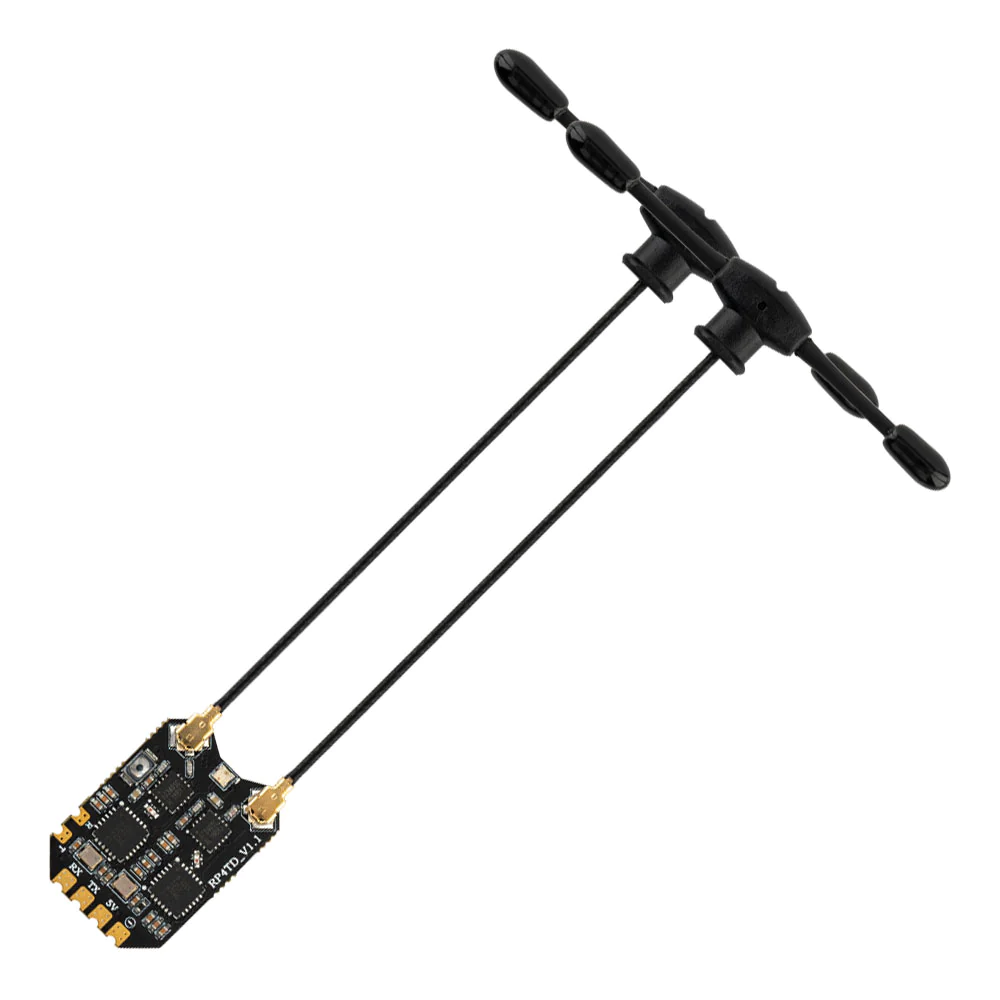

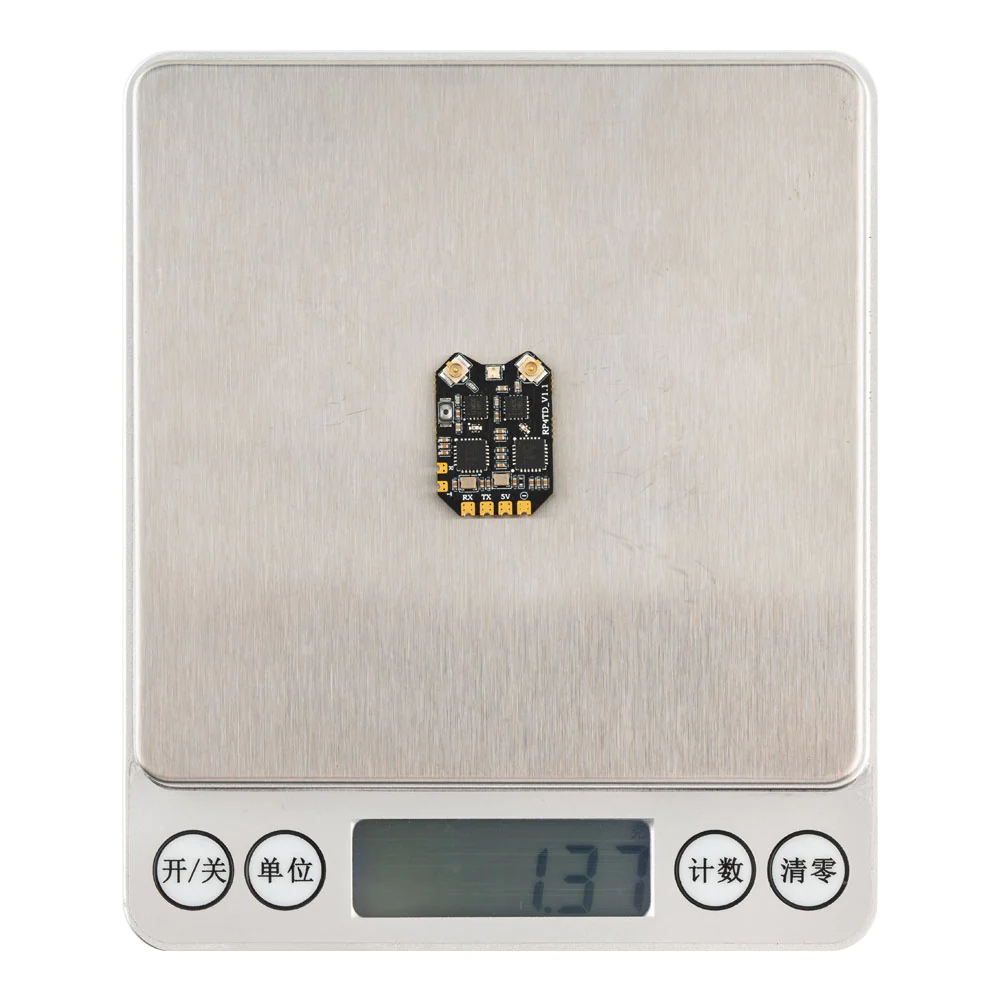
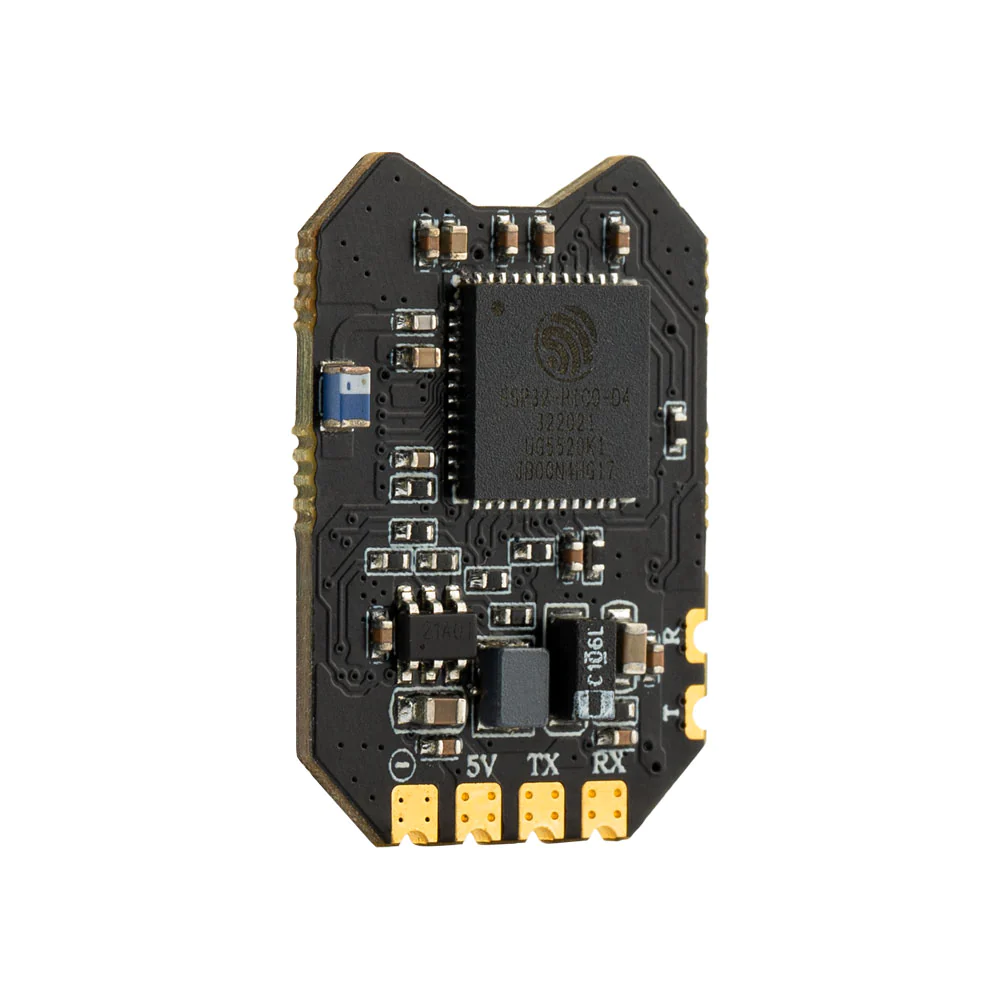
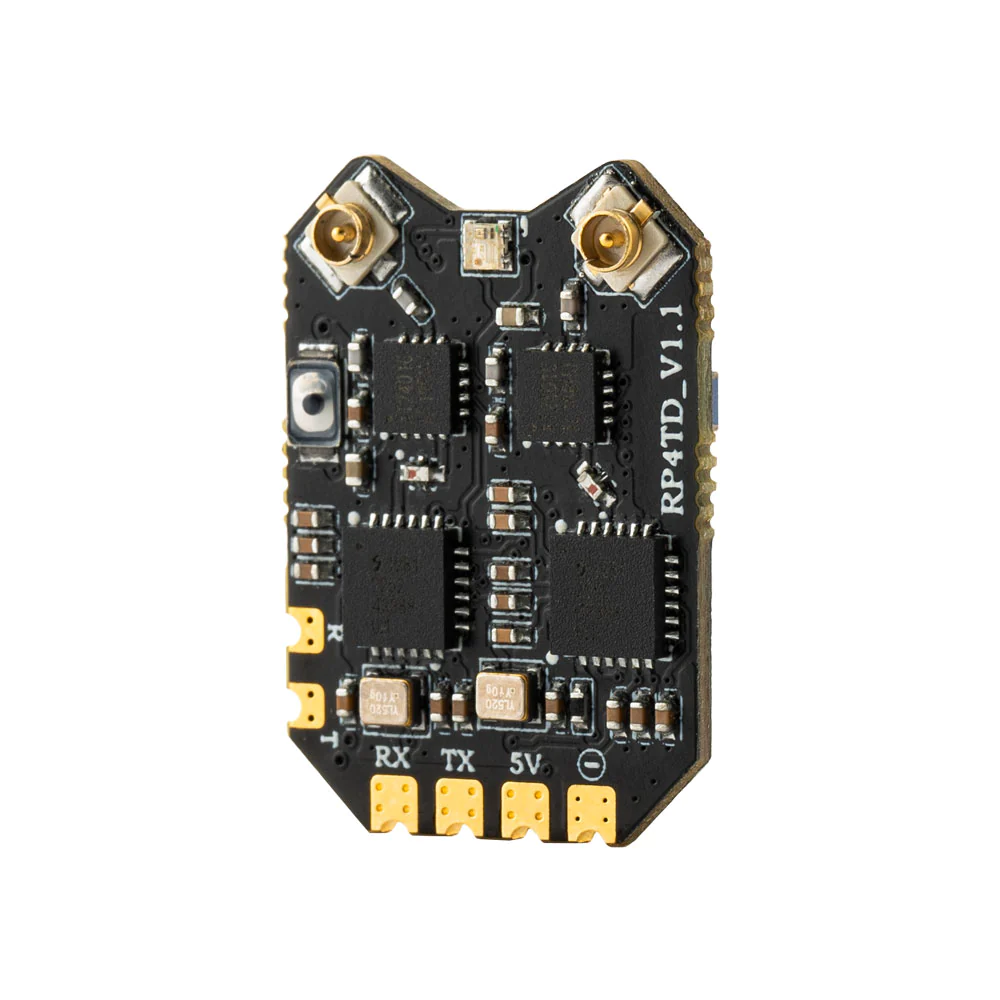
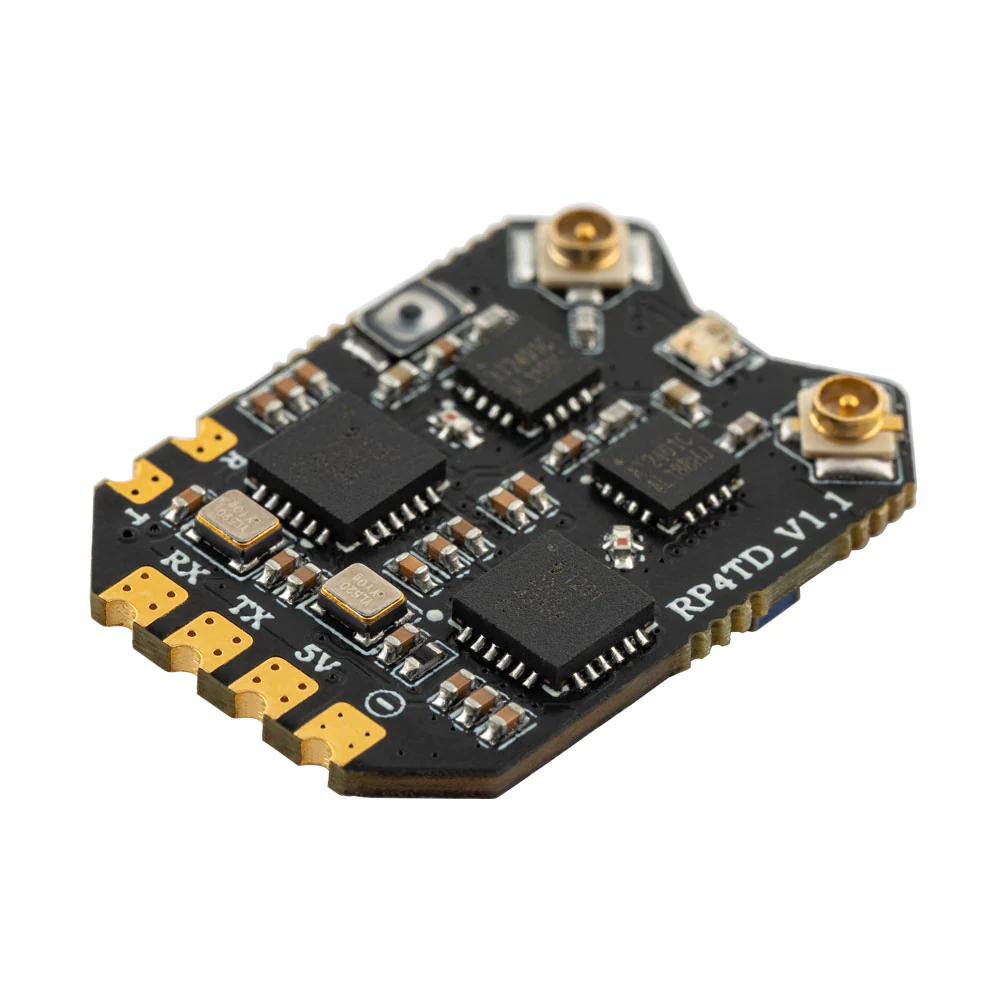
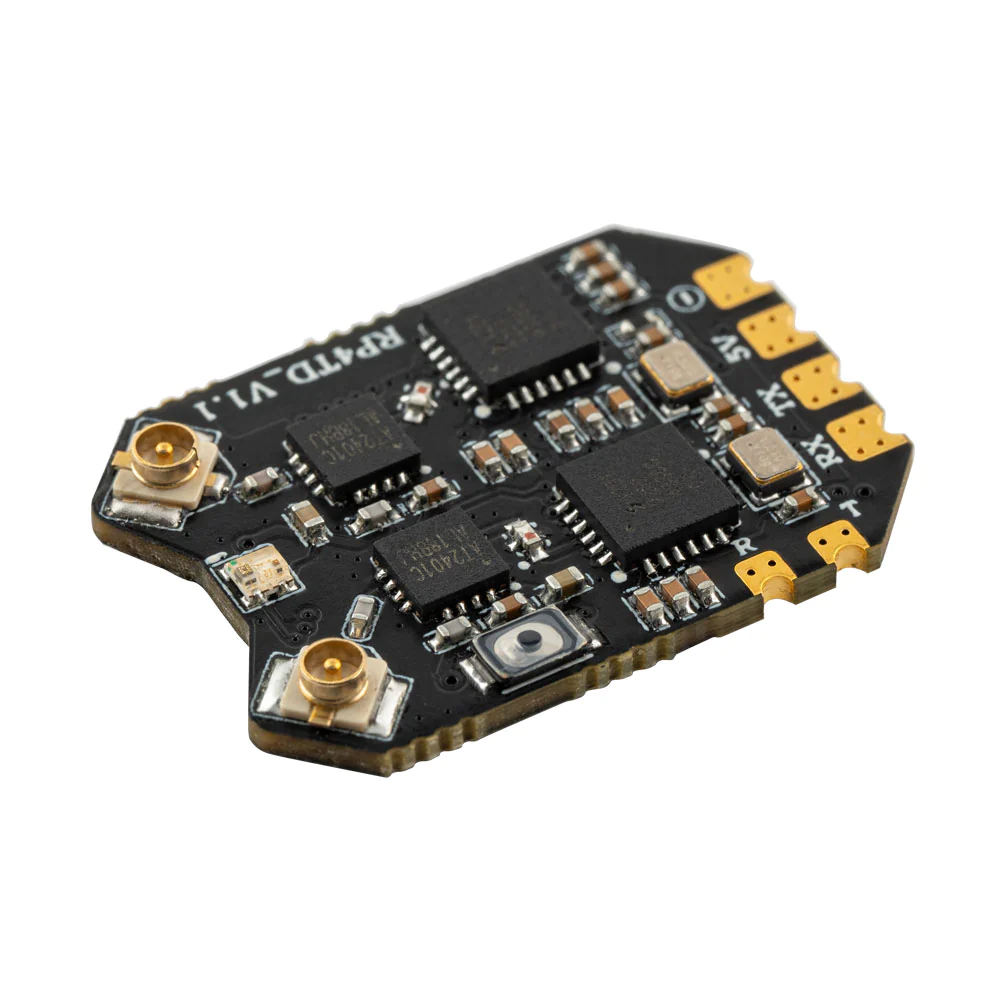
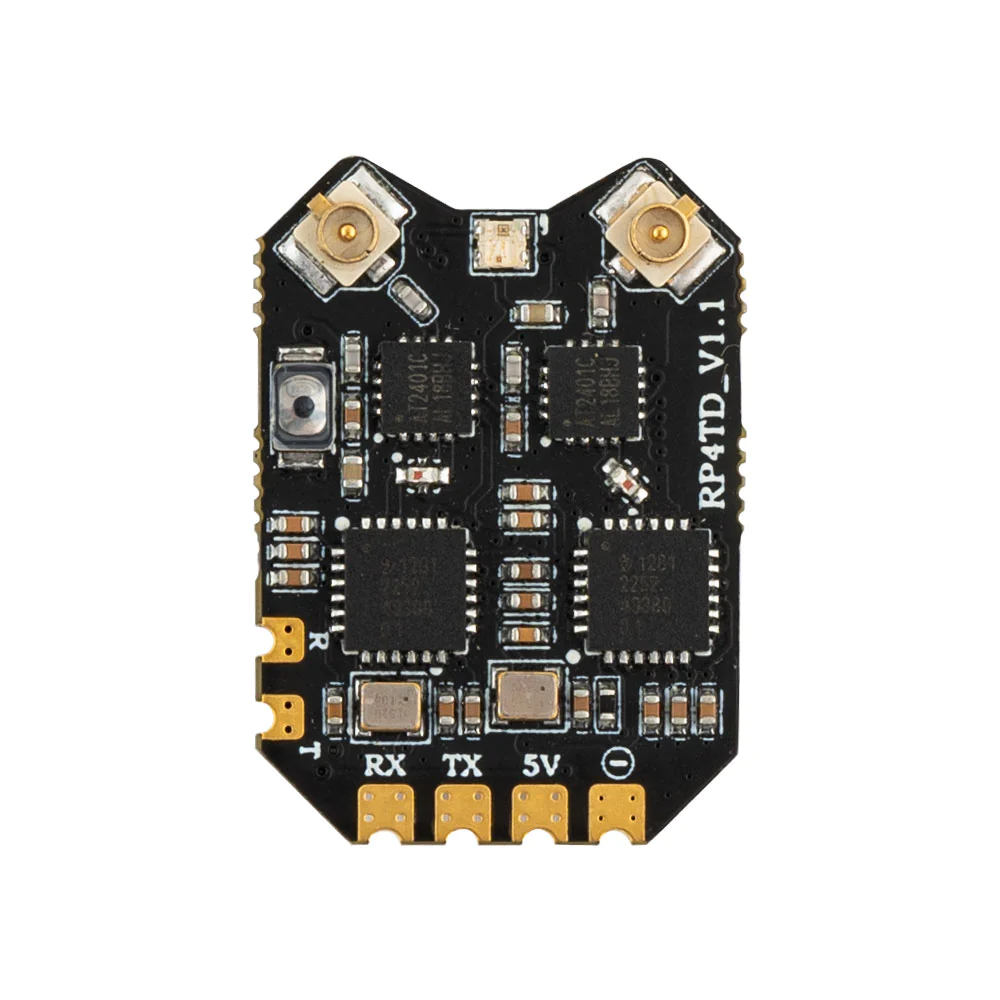
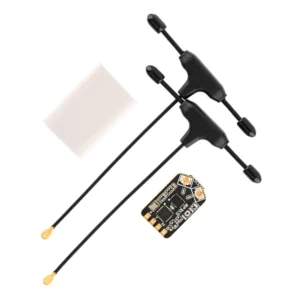
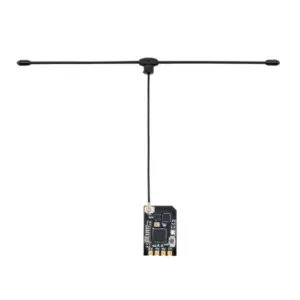
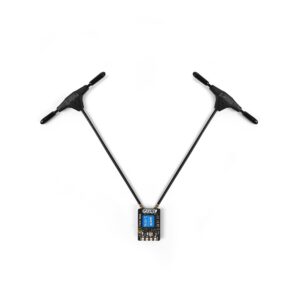
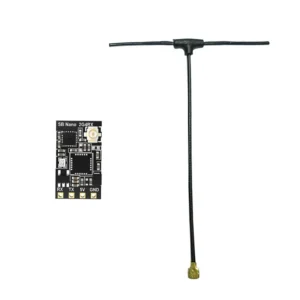
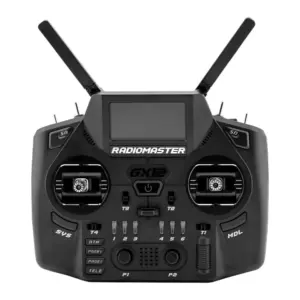
Reviews
There are no reviews yet.